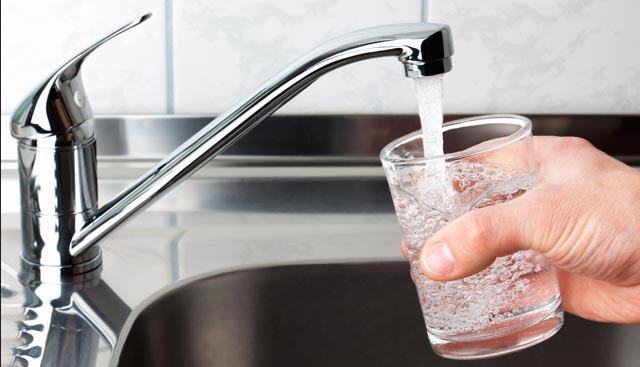What's in Your Tap Water? An Inside Look at Water Treatment

What's in Your Tap Water? An Inside Look at Water Treatment
You may not know this but a lot can go into the process of providing safe drinkable water. Utilities and water treatment centers in particular are devoted to creating the highest quality water that currently runs through your community’s pipes. In order to do so, minerals and certain safe chemicals are treated as an additive in order to remove any potential contaminants. But what exactly is in there?
Large wells, lakes, rivers, or reservoirs serve as the main water source for municipalities in most cities and towns. Similar to how every snowflake isn’t the same, this also applies to the quality of a water source. Each public water system requires its own water treatment regime while some lucky ones satisfy all federal requirements without applying any treatment.
Chemical additives safeguard your water from the effects of pipe corrosion, prevent water from staining your plumbing fixtures, and even improve the taste of the water itself. Below is the breakdown of some of the most common additives that make your tap water drinkable, along with their function:
- Chlorine – Disinfectant that kills bacteria and other microorganisms. Chlorine improves the water’s taste and clarity overall. Chlorination can be achieved with several different products and solutions
- Chloramines – Treats against many bacteria but considered a ‘secondary’ disinfectant system since it doesn’t well protect against other contaminants. However, its effects are more stable and long lasting than chlorination and is ideal for water that will be stored for long periods of time or distributed over great distances
- Chlorine Dioxide – Often combined with chlorination or ozonation. Chlorine dioxide is used in distribution systems but breaks down over time faster than chlorine
- Fluoride – Prevents tooth decay safely and effectively. It does not affect the appearance, taste, or smell of the drinking water and is very closely regulated
- Aluminum Sulphate – Causes impurities to be filtered out more easily through a process called coagulation or flocculation
- Calcium Hydroxide – Aids in the removal of smaller particles from water, which creates a clearer product. It is also applied in fresh water treatment to slow down pipe corrosion
The drinking water supplies in the United States are said to be among the safest in the world – but that doesn’t mean the water is safe without any additives. The measures taken to eliminate contaminants and bacteria from drinking water is a thought that shouldn’t even cross the end user’s mind as that’s the water industry’s main priority. However, the next time you drink directly from the faucet, take a moment to recognize all the teamwork it took to transform that water to top drinking water quality!

